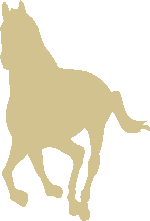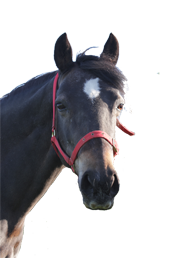Laminitis
What is laminitis?
The majority of the horses weight is transferred from the skeleton via the laminae to the hoof capsule which rests on the ground. Each primary lamina will have many secondary laminae, this arrangement provides a large weight bearing surface area in a compact form.
The term 'laminitis' refers to inflammation of the laminae.
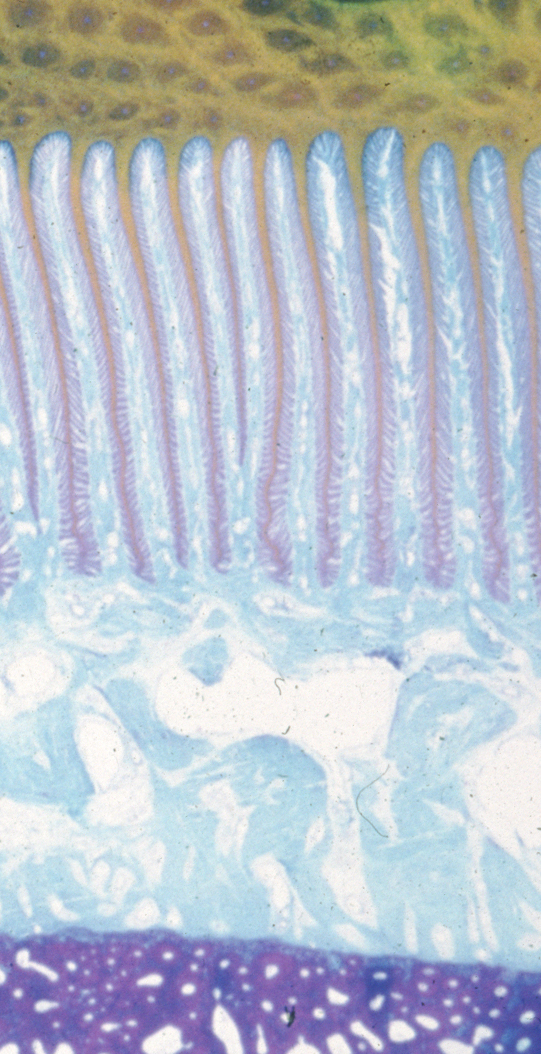
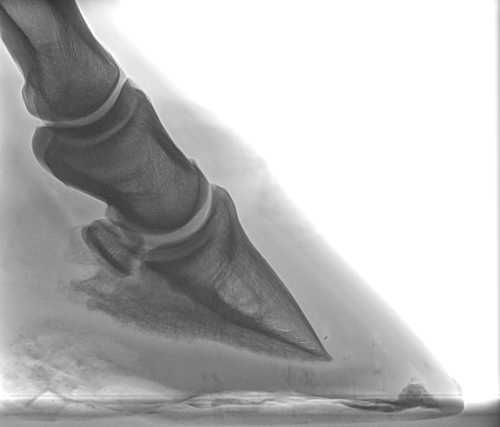
The laminae of the equine hoof consist of two very different materials. The first is the horny epidermal laminae attached to the interior of the visible hoof capsule.
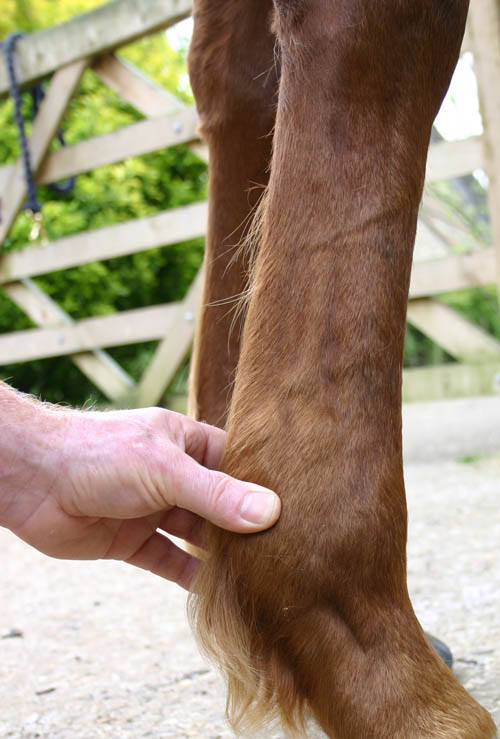
The second, are soft sensitive dermal laminae attached to the surface of bottom-most bone of the leg, the distal phalanx, other terms for this bone are: pedal bone, third phalanx and P3. All of these names refer to the same bottom-most bone of the equine leg, seated inside the hoof capsule.
What are some of the noticable signs and symptoms of laminitis?
- Increased foot temperature, particularly at the coronary band
- Strong digital pulse
- Discomfort (displayed by repeated lifting of affected feet)
- Lameness
What causes laminitis?
Although the exact processes that lead to laminitis are not known, a link to several 'risk factors' has been made. For a list of these risk factors, please visit the developmental laminitis page.
There are three main phases of laminitis
| Phase | Symptoms | DWLT Explaination (Click for further information) |
|---|---|---|
| Developmental | No apprent symptoms | Hoof capsule distortion has already started |
| Acute | Obvious pain and distress | Laminitis caused by active hoof capsule distortion |
| Chronic | Continuous abnormal hoof growth with diverging growth rings | Hoof capsule distortion is now visible |
Is laminitis the same as founder?
Although founder and laminitis are often confused, they are not the same. Laminitis is the inflammation of the laminae; founder is the sinking of the distal phalanx (pedal bone) bone.
The two are often confused because laminitis very often results in founder.
Additional information
Founder
More information
One foot laminitis
Unilateral and Supporting limb laminitis
Jamming
Information about coronary band jamming
Updated: 20/04/2015
